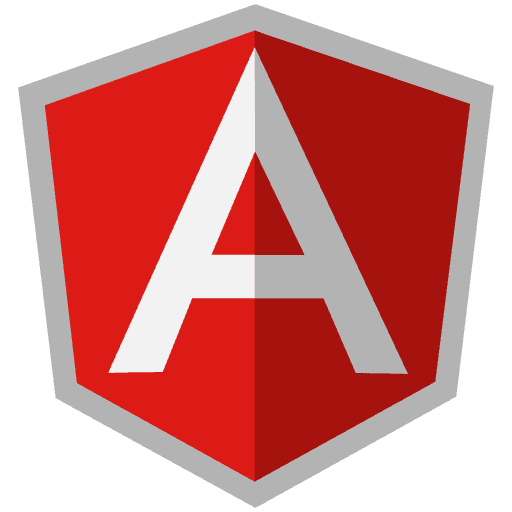"Marketing is no longer about the stuff that you make, but about the stories you tell." - Seth Godin
In today's digital-first world, digital marketing and branding have become essential strategies for organizations seeking to connect with audiences, drive engagement, and build strong, recognizable brands. By leveraging digital channels and technologies, organizations can reach audiences with targeted messages, create compelling brand experiences, and foster lasting relationships that drive business growth. At Sendan Technology, we recognize the transformative power of digital marketing and branding, and we are committed to providing actionable insights that empower organizations to maximize their digital presence and build meaningful connections with their audiences. Let's explore key principles, best practices, and strategic imperatives that define the disciplines of digital marketing and branding.
Understanding the Landscape
Digital marketing encompasses the use of digital channels, platforms, and technologies to promote products, services, and brands to target audiences. It includes a wide range of tactics and strategies, such as search engine optimization (SEO), social media marketing, content marketing, email marketing, and paid advertising, among others. Digital branding, on the other hand, focuses on shaping and managing perceptions of a brand in the digital space, creating consistent and memorable brand experiences across digital touchpoints. Together, digital marketing and branding enable organizations to engage with audiences, drive brand awareness, and influence purchasing decisions in an increasingly digitalized world.
Key Components of Industry Insights
1. Audience Segmentation and Targeting: Industry insights illuminate the importance of understanding audience behaviors, preferences, and demographics to create targeted and personalized digital marketing campaigns. By segmenting audiences based on factors such as age, gender, location, interests, and online behavior, organizations can tailor their messaging and content to resonate with specific audience segments, driving engagement and conversion. Insights into audience analysis tools, data analytics, and persona development enable organizations to identify high-value audience segments and target them effectively with relevant and compelling content.
2. Content Strategy and Creation: Compelling content lies at the heart of successful digital marketing and branding efforts, driving engagement, trust, and loyalty among audiences. Industry insights explore content strategy frameworks, storytelling techniques, and content formats that resonate with digital audiences, enabling organizations to create content that educates, entertains, and inspires. Insights into content planning, production, and distribution enable organizations to develop a cohesive content strategy that aligns with their brand voice, values, and objectives, driving consistency and relevance across digital channels.
3. User Experience and Design: The user experience (UX) and design of digital assets play a crucial role in shaping perceptions of a brand and influencing audience engagement and behavior. Industry insights delve into UX design principles, usability testing, and interface design best practices that enhance the usability, accessibility, and appeal of digital experiences. Insights into responsive design, mobile optimization, and user interface (UI) design enable organizations to create seamless and intuitive digital experiences that delight users and drive conversion and retention.
Applications of Industry Insights
1. Search Engine Optimization (SEO): Industry insights drive SEO strategies and tactics that enable organizations to improve their visibility and ranking in search engine results pages (SERPs), driving organic traffic and engagement. By optimizing website content, metadata, and technical elements for relevant keywords and phrases, organizations can increase their chances of appearing in search results for relevant queries, driving traffic and leads. Insights into keyword research, on-page optimization, and link building enable organizations to develop a robust SEO strategy that drives long-term visibility and growth.
2. Social Media Marketing: Industry insights inform social media marketing strategies that enable organizations to engage with audiences, build communities, and amplify their brand presence on social platforms. By identifying the right social channels for their target audience, organizations can create and share content that resonates with users, drives engagement, and fosters brand advocacy. Insights into content scheduling, audience targeting, and performance tracking enable organizations to optimize their social media presence and drive meaningful interactions and relationships with their audience.
3. Email Marketing: Industry insights drive email marketing campaigns that enable organizations to nurture leads, drive conversions, and build relationships with customers and prospects. By delivering relevant and personalized content to subscribers' inboxes, organizations can stay top-of-mind, drive engagement, and encourage repeat purchases. Insights into email segmentation, automation, and A/B testing enable organizations to optimize their email marketing efforts and deliver campaigns that resonate with recipients, driving open rates, click-through rates, and conversions.
Implications of Industry Insights
1. Brand Awareness and Recognition: Organizations that leverage industry insights effectively can enhance brand awareness and recognition by delivering consistent and compelling brand experiences across digital touchpoints. By establishing a strong brand identity, voice, and presence online, organizations can increase their visibility, credibility, and recall among target audiences, driving brand affinity and preference. Insights into brand monitoring, sentiment analysis, and competitive benchmarking enable organizations to track and measure brand performance and perception in the digital space, guiding strategic decision-making and investment priorities.
2. Customer Engagement and Loyalty: Industry insights empower organizations to drive customer engagement and loyalty by creating meaningful and personalized experiences that resonate with audiences and foster emotional connections with the brand. By delivering valuable content, personalized recommendations, and exclusive offers, organizations can incentivize engagement, drive repeat purchases, and cultivate brand advocates and ambassadors. Insights into customer journey mapping, engagement metrics, and loyalty programs enable organizations to understand and optimize the customer experience, driving satisfaction, retention, and lifetime value.
3. Lead Generation and Conversion: Organizations that prioritize digital marketing and branding can drive lead generation and conversion by creating targeted and compelling campaigns that capture the interest and attention of prospective customers. By leveraging data-driven insights and analytics, organizations can identify high-intent audiences, tailor their messaging and offers to their needs and preferences, and guide them through the conversion funnel. Insights into conversion rate optimization (CRO), lead scoring, and attribution modeling enable organizations to optimize their digital marketing efforts and drive measurable results, maximizing ROI and revenue growth.
Conclusion
Digital marketing and branding are essential strategies for organizations seeking to connect with audiences, drive engagement, and build strong, recognizable brands in the digital age. By leveraging industry insights and best practices, organizations can maximize their digital presence and build meaningful connections with their audiences, driving brand awareness, engagement, and loyalty. At Sendan Technology, we are committed to providing actionable insights that empower organizations to harness the power of digital marketing and branding to achieve their business objectives. Together, let's create compelling brand experiences that resonate with audiences and drive sustainable growth in the digital era.

















